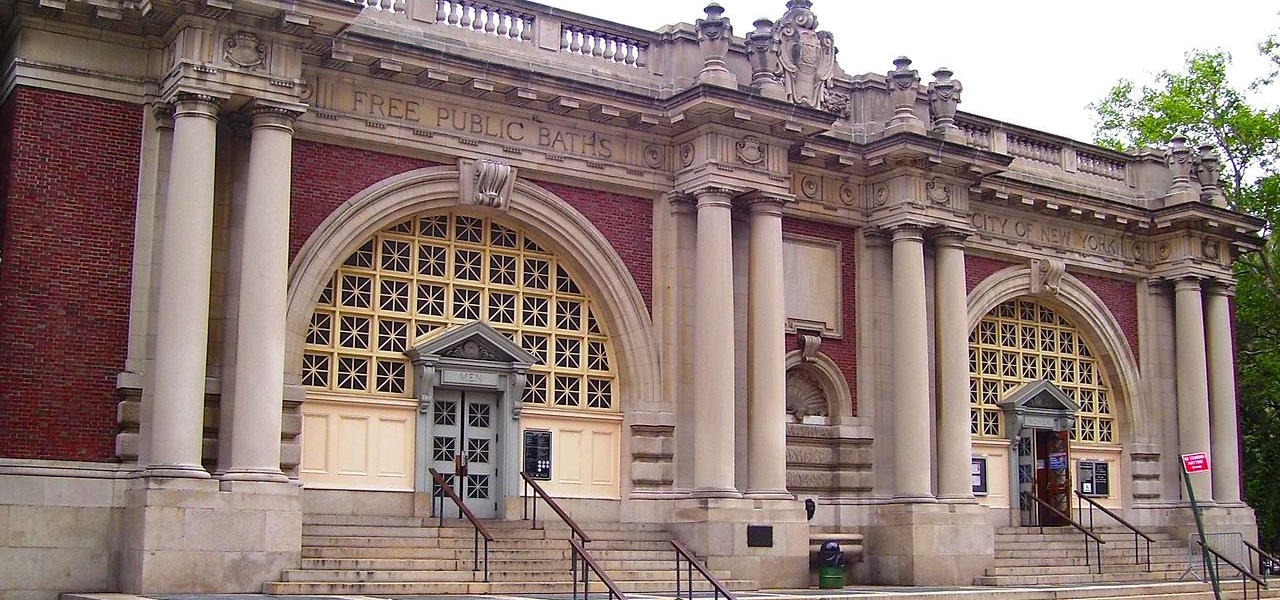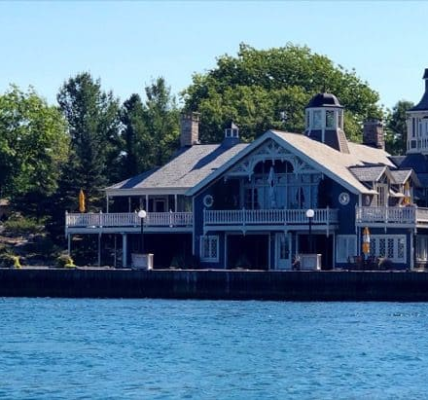New York City, a bustling metropolis, has a rich history of public baths that were crucial in promoting public health and hygiene during the late 19th and early 20th centuries. These facilities provided essential services to the city’s burgeoning population, especially to those living in crowded tenement housing with inadequate sanitary conditions.
The Origins of Public Baths in New York City
The establishment of public baths in New York City was driven by the public health reform movement in the late 1800s. As the city’s population grew, so did the problems associated with poor sanitation. Tenement housing, which was prevalent among the working class, often lacked proper plumbing and bathing facilities. This led to widespread health issues, prompting city officials and reformers to advocate for the creation of public baths.
The First Public Baths
The first public bath in New York City, the People’s Bath, opened in 1891 on the Lower East Side. It was funded by a philanthropist named Simon Baruch, a physician who believed in the health benefits of regular bathing. This bath provided free or low-cost bathing facilities to the city’s poor, marking the beginning of a movement that would see numerous such establishments across the city.
Development and Expansion
Following the success of the People’s Bath, the city began constructing more public baths. In 1901, the New York State Legislature passed the Public Baths Law, which mandated the construction of free public baths in cities with populations over 50,000. This law accelerated the development of public baths in New York City, leading to the opening of several notable facilities, including the Milbank Memorial Bath and the Rivington Street Bath.
Key Public Baths
- Milbank Memorial Bath:
- Located in the Upper East Side, it was funded by Elizabeth Milbank Anderson, a philanthropist dedicated to public health initiatives.
- Opened in 1904, it featured swimming pools, showers, and tubs, and it became a model for future public baths.
- Rivington Street Bath:
- Opened in 1901 on the Lower East Side, it was one of the largest and most advanced public baths of its time.
- The facility included 60 shower baths, 3 large pools, and numerous private bathing rooms.
- Asser Levy Public Baths:
- Originally known as the East 23rd Street Bath, it opened in 1908.
- Named after Asser Levy, one of the first Jewish settlers in New York, it provided essential bathing facilities and remains a historic site today.
Decline and Legacy
The popularity of public baths began to decline in the mid-20th century as indoor plumbing became standard in homes. By the 1950s, many of the city’s public baths had closed or were repurposed. However, their legacy lives on in the city’s ongoing efforts to provide public amenities and promote public health.
Some of the historic bathhouses have been preserved and repurposed, serving as community centers or recreational facilities. For example, the Asser Levy Recreation Center continues to operate, offering fitness and recreational activities to the public.





